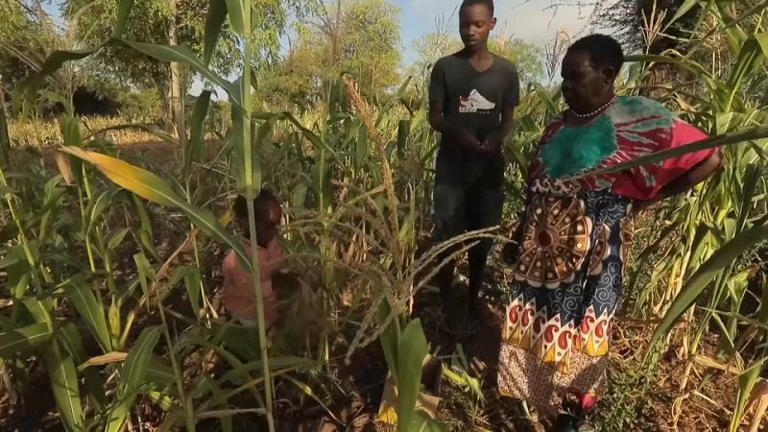Esther Mulu, 69, and her large family in Kitui County, Kenya, are no strangers to food shortages. With seven children and 25 grandchildren, she relies on her small farm for food, but droughts have left them struggling.
“Now we are facing a drought, and we don’t know where to get food. Aid used to come, but now it doesn’t. We survive on porridge most days,” Mulu says.
The African Medical and Research Foundation (AMREF) reports that Kitui is one of six counties suffering from shorter rainfall seasons. To tackle this, researchers from the University of California, backed by Microsoft, have developed an AI tool that predicts food shortages using ten years of weather data, NASA satellite imagery, and health records.
The UN’s World Food Programme estimates that 4.4 million people in Kenya are facing acute food insecurity, with 1.1 million women and children suffering from malnutrition. AMREF’s Samuel Mburu, involved in the AI project, explains that by predicting malnutrition cases 3-6 months ahead, officials can allocate resources proactively.
“With AI, we can ensure food aid reaches communities before they hit crisis levels,” Mburu says. While the tool has been tested since early 2023 in six drought-prone counties, AMREF is now expanding its coverage nationwide.
Though cloud computing costs pose a challenge, Microsoft’s support has allowed the project to advance. Experts hope this technology will revolutionize how Kenya prepares for food shortages, ensuring vulnerable communities receive timely assistance.






